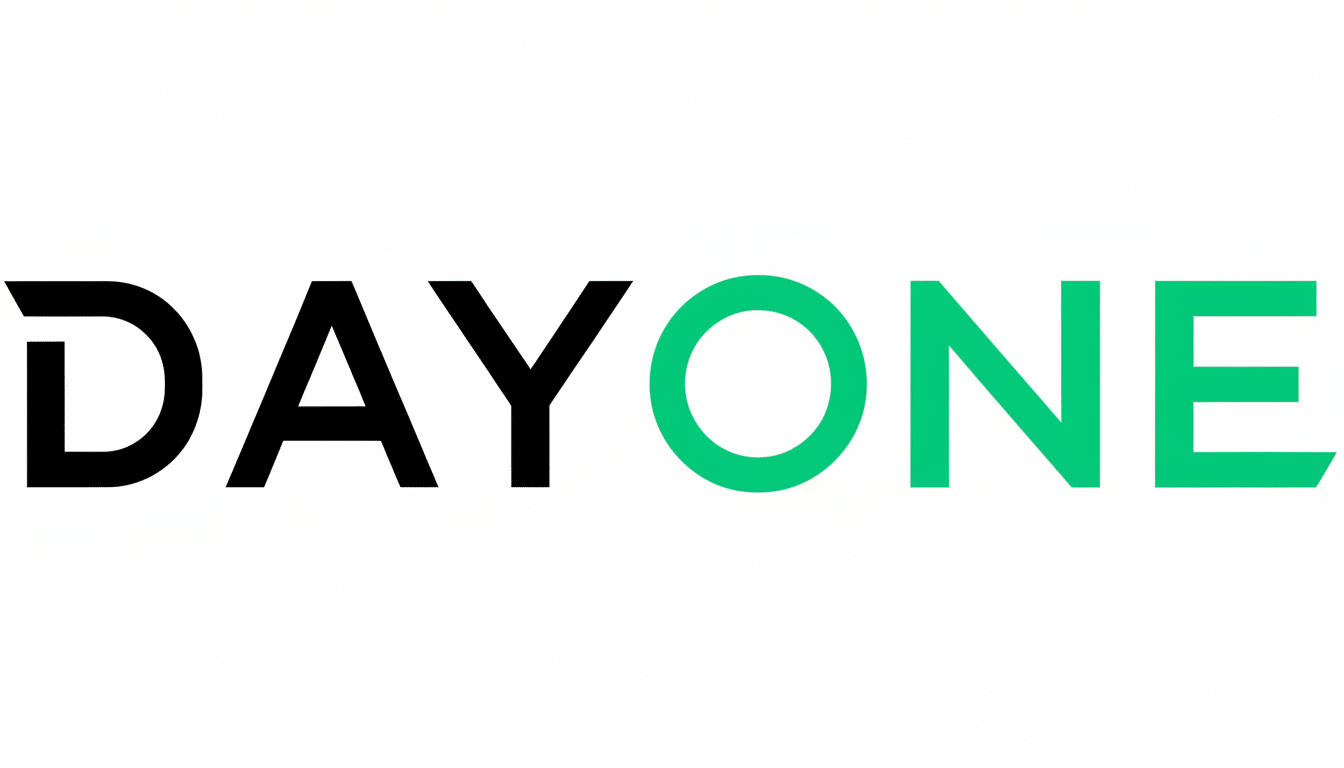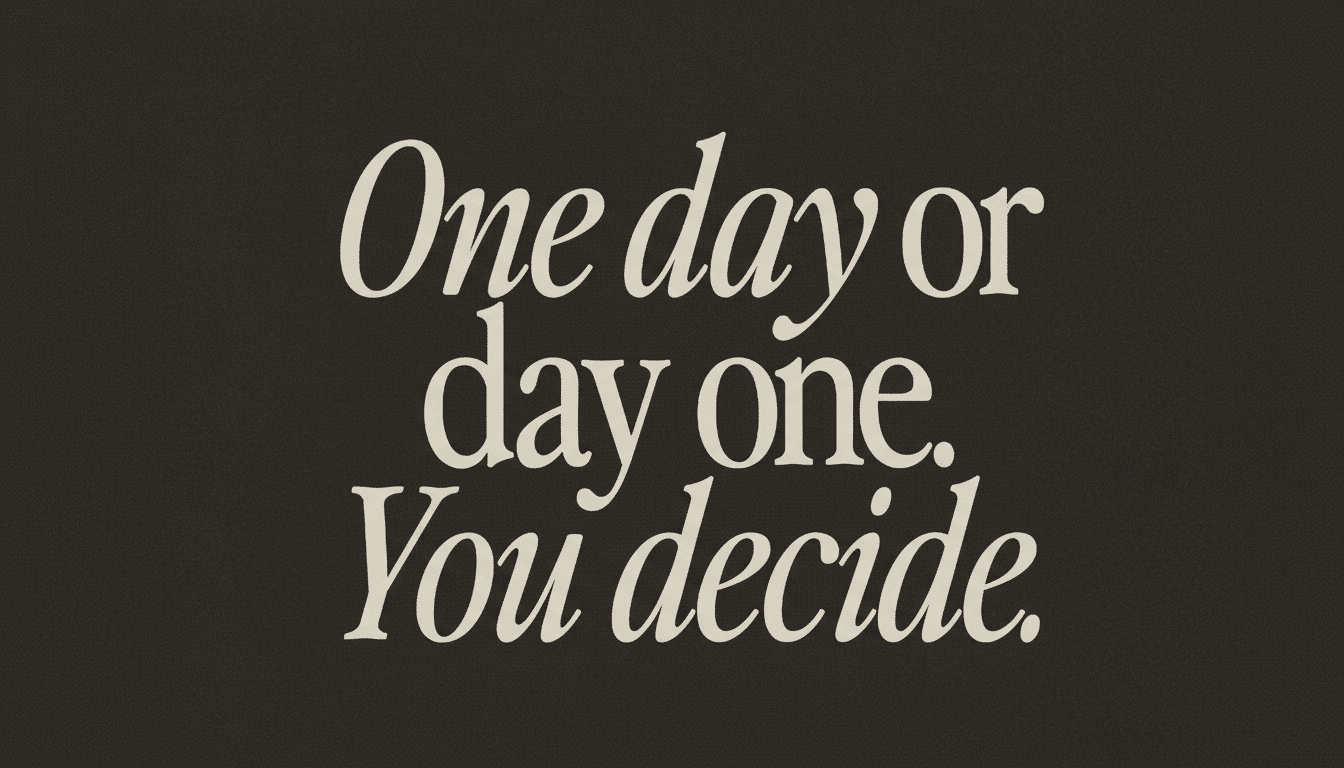Google’s new Pixel-exclusive journal has slick nags and AI add-ons, yet the best journaling can come quicker from something that fits your habits better than your phone. Whether you’re looking for stronger privacy options, robust cross-platform syncing or a less hectic canvas on which to reflect upon your day, these five alternatives each shine in their own way — and none falls short of Google’s offering.
That’s important because journaling has real-world value. Studies compiled by the American Psychological Association and decades of work from psychologist James Pennebaker associate regular expressive writing with lower stress and improved mood. Digital journals provide searchability, reminders and contextual media that make it easier to sustain the habit.

Day One Cross-Platform Power and Templates
Day One, by Automattic, is the most comprehensive, user-friendly journaling platform for Android, iOS and desktop. A clean timeline and strong tagging system ensure long-term archives are easily manageable, while you can separate work notes from personal reflections or travel logs by creating multiple journals.
Key touches include optional end-to-end encryption, rich text formatting, and location-aware entries that plot memories onto a map — perfect for vacations or fieldwork. Daily prompts create streaks, and a vast library of templates (from “Five-Minute Morning” to “Trip Recap”) eradicates blank-page paralysis. The base app is free; premium adds video and audio entries, additional photos per post, and more seamless sync between devices.
Diarium and One-Time Purchase and Deep Integrations
Subscriptions not your thing? Diarium has you covered with a feature-rich Pro unlock, one-time payment option. Its calendar-plus-timeline view eliminates the mystery of your writing pace, and full-text search across years’ worth of entries makes it easy to rediscover.
Where it really sets itself apart is in data connectivity: Suck in workouts from Strava, music history from Last.fm, or important events from your calendars to automatically enhance entries. The “On This Day” feature delivers reflective throwbacks for consistent users, and map and weather context give texture to milestones. It’s an intelligent option for quantified-self geeks who want a long-lasting, take-anywhere archive.
Journey AI Search and Guided Programs Features
Journey combines a traditional diary with an AI layer that serves as a personal archivist. Ask it to pull out joyful moments from last summer, keep track of your entries by week, or search for patterns around workouts and mood — it can understand content in context, not just match keywords.
There are several ways to check in, including on a travel-friendly Atlas map, via multimedia support, and through “Coach” programs that package seasonal nudges and routines. Think guided series for gratitude, mindful breaks and creative sprints. It’s the priciest of the options here, but power users who appreciate both guidance and smart search functionality generally find themselves getting their money’s worth.

Daily You Open-Source Mood Trends and Flashbacks
Daily You is a privacy-friendly transparency gem for writers. It’s free and open source, with a flexible importing mechanism and a no-nonsense design emphasis on writing instead of wading through widgets. You can add photos, lock entries with a passcode and move logs depending on your backup situation.
The mood tracker is especially nice: log feelings along with entries and then look at trend charts over weeks or months. The Flashbacks feature serves up past posts to the home screen — excellent for perspective, and you can turn off “bad days” if you don’t feel like reliving them. It’s a low-friction way to keep a meaningful history of your life, with no ads or upsells.
The Text Equivalent of Writing Just What You Need Daily
Daily Diary reduces journaling to its bare minimum by: providing just one blank page per day. No uploading images, no maze of menus — and no bells or whistles (just type; the app saves your daily entries into a text file). Because of that lack of choice, for many people it is liberating and frees the “where do I put this?” decision fatigue.
You can pull up past entries and fiddle with some basics, but the philosophy is conscious minimalism. If you’ve tried and bounced off heavier apps or feel buffeted by AI tools and templates, this lighter approach has a chance of sticking.
How to Choose Your Best Journaling App Alternative
Opt according to the places of friction and what you want to accomplish. If you desire beautiful archives that support strong synchronization and templates, choose Day One. If lifetime value and integration with the rest of your digital life matter, Diarium’s one-time purchase is hard to beat. If you want guided workouts with intelligent, queryable memories, the AI layer of Journey is a standout. Prefer transparency or mood analytics without subscriptions? Daily You is a solid, open-source bet. And if all you want is a quiet place to write, Daily Diary’s minimal canvas is hard to beat.
Whatever you opt for, aim for a realistic cadence — perhaps five minutes a day or several dedicated sessions each week. The evidence does not support perfection; it supports consistency. All a good app really does is make it easier for you to do what you were already doing.

